OpenAI scientists have designed MLE-bench — a compilation of 75 extremely difficult tests that can assess whether a future advanced AI agent is capable of modifying its own code and improving itself.


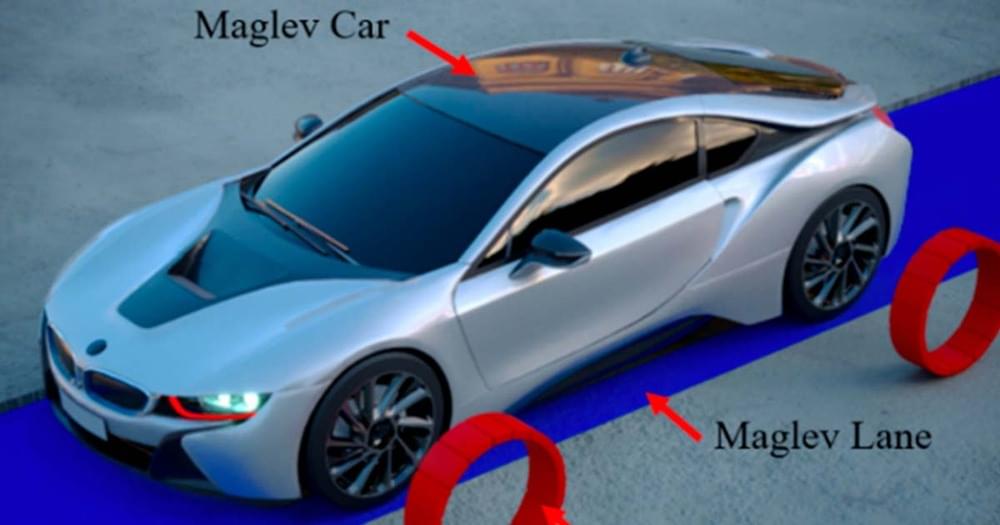


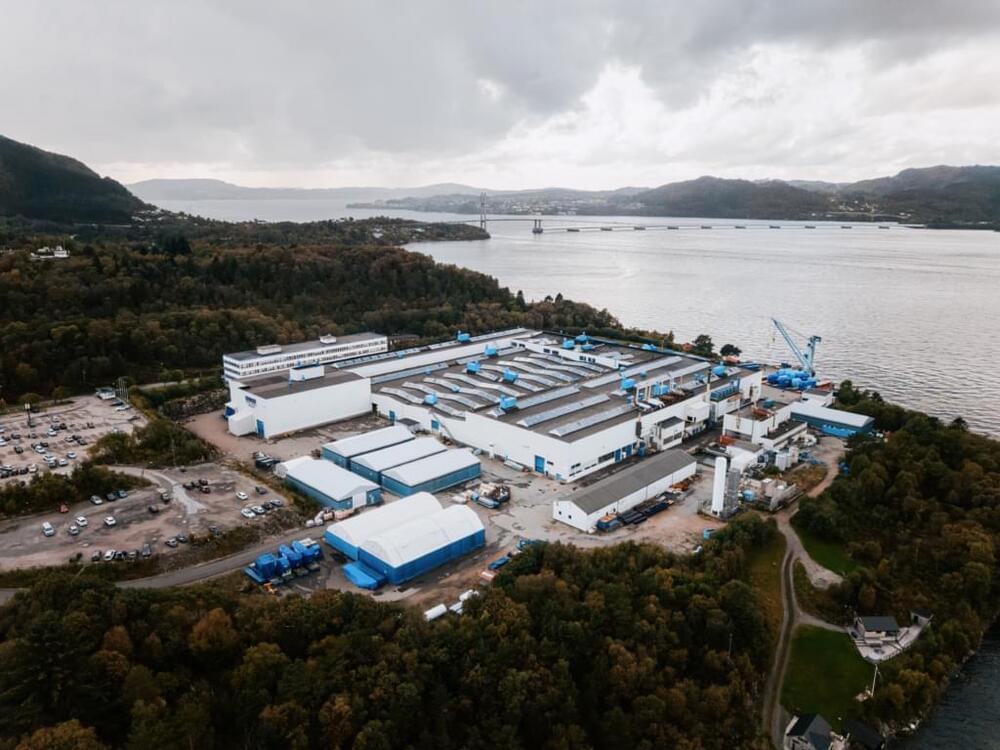
“A Vision for a 100% Hydrogen-Fueled Future In their research and development testing facility, located at the headquarter office outside of Bergen, Norway, Bergen Engines is diligently working toward the development of a 100% hydrogen-fueled engine by the end of this year, and are on track to reach their goal.”
Bergen Engines now increase full natural gas engine range to run on 25% hydrogen in full operation without modification.
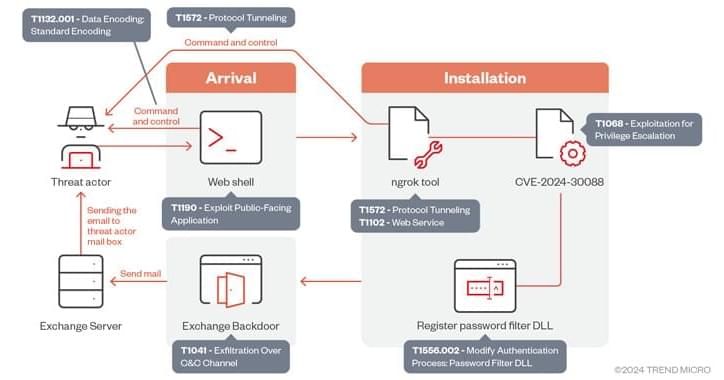
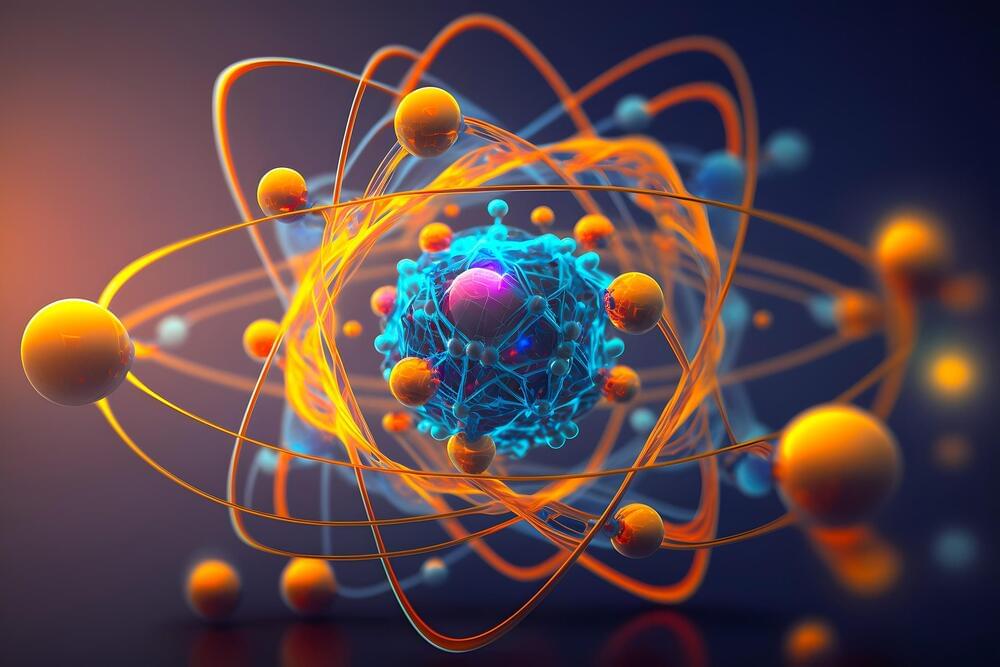
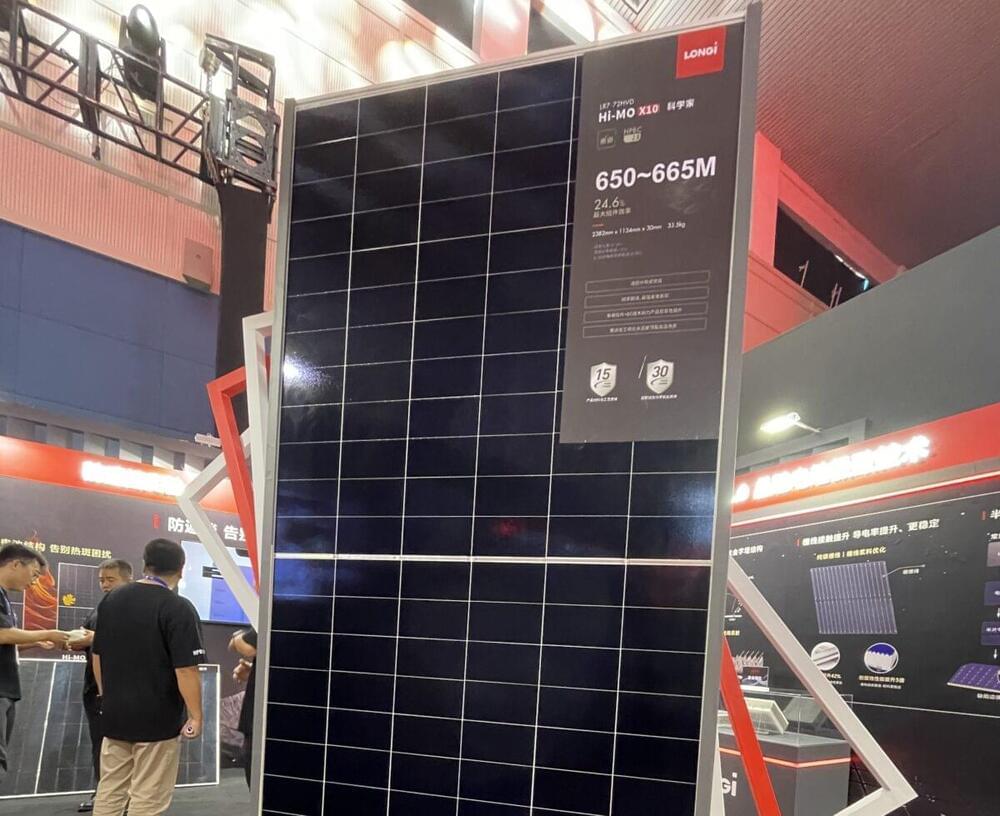
The Hi-Mo X10 module series is based on Longi’s proprietary 2nd generation hybrid passivated back contact (HPBC2.0) cell technology and has a power conversion efficiency of up to 24.8%.
The modules are available in four versions with a power output up to 665 W which measures 2,382 mm x 1,134 mm x 30 mm and weigh 33.5 kg. Their temperature coefficient is-0.26% per C.
Abstract: We explore the emergence of intelligent behavior in artificial systems by investigating how the complexity of rule-based systems influences the capabilities of models trained to predict these rules. Our study focuses on elementary cellular automata (ECA), simple yet powerful one-dimensional systems that generate behaviors ranging from trivial to highly complex. By training distinct Large Language Models (LLMs) on different ECAs, we evaluated the relationship between the complexity of the rules’ behavior and the intelligence exhibited by the LLMs, as reflected in their performance on downstream tasks. Our findings reveal that rules with higher complexity lead to models exhibiting greater intelligence, as demonstrated by their performance on reasoning and chess move prediction tasks. Both uniform and periodic systems, and often also highly chaotic systems, resulted in poorer downstream performance, highlighting a sweet spot of complexity conducive to intelligence. We conjecture that intelligence arises from the ability to predict complexity and that creating intelligence may require only exposure to complexity.
From: Shiyang Zhang [view email].
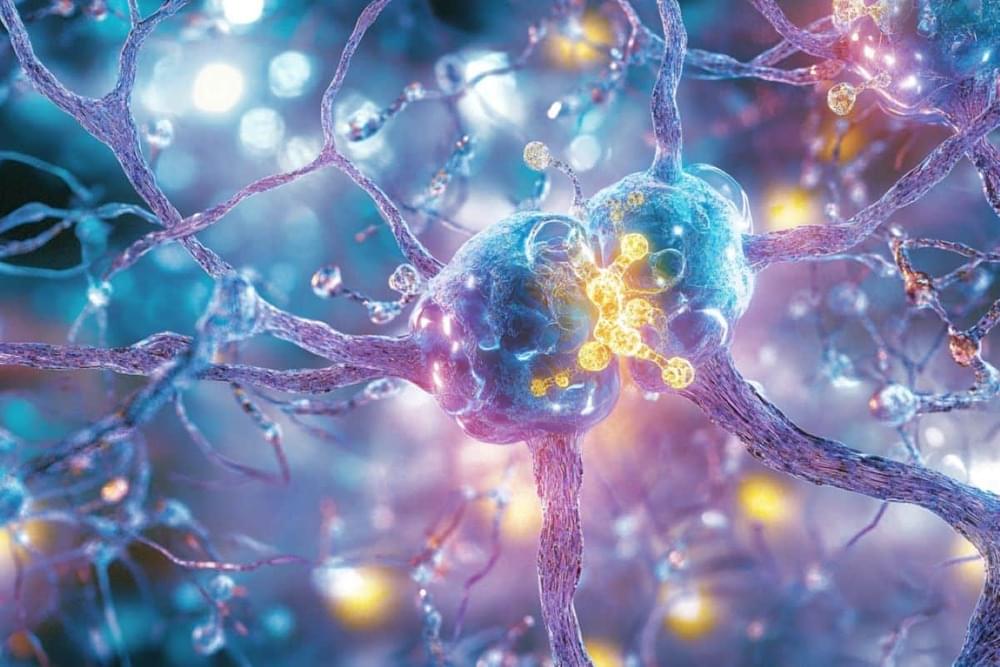
Summary: Researchers have identified a protein complex, TrkC-PTPσ, that plays a key role in the structural organization of synapses in the brain, impacting cognitive behaviors. By studying this complex, scientists uncovered how it regulates synaptic protein phosphorylation, essential for healthy brain function. Disruptions in this protein complex led to anxiety-like behaviors in mice, providing insights into mental health conditions like anxiety and autism.
The study sheds light on synaptic mechanisms that could help develop new therapeutic strategies. These findings advance our understanding of synapse function and its role in cognitive disorders, bringing hope for targeted treatment options in the future.